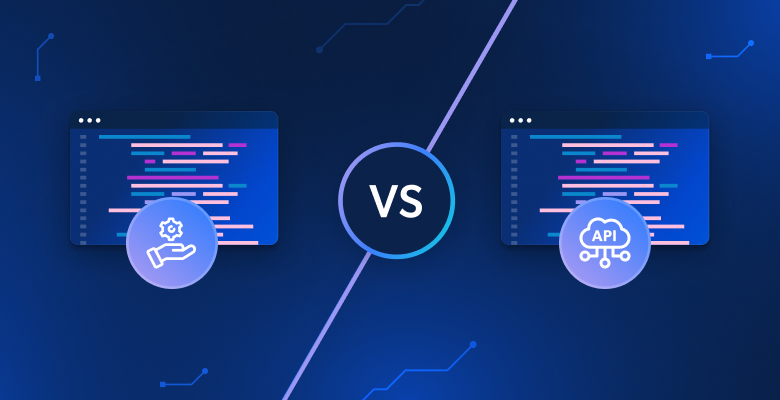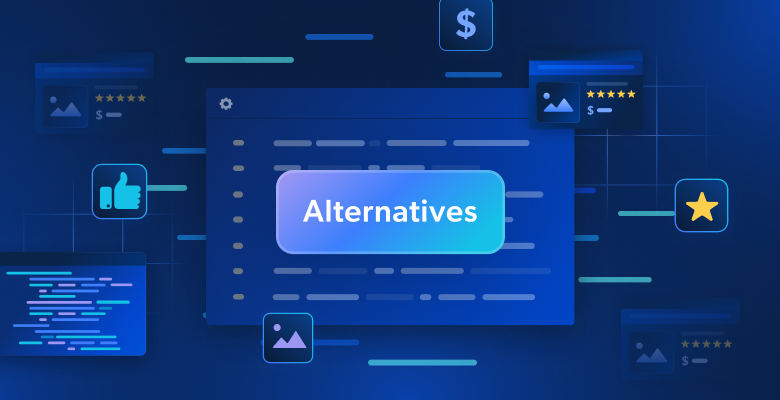In today’s digital age, the internet’s landscape is ever-expanding, with millions of websites and domains coming into existence every year. This growth underscores the critical need for robust domain classification systems to maintain a secure, ethical, and user-friendly online environment. Domain classification stands as a bulwark against the challenges posed by this expansion, categorizing the web’s content to manage and mitigate risks effectively.
Exploring Domain Classification: An Overview
Domain classification, at its heart, is driven by the goal of enhancing online safety, security, and ethical web practices. Originating in the early days of the internet, its purpose has evolved from simple categorization to a complex safeguarding mechanism against malicious content. By sorting domains into distinct categories, it’s possible to identify and neutralize risks, ensuring the web remains a safe space for users. This foundational practice is crucial for the digital well-being of internet users globally, contributing to a morally sound and secure online ecosystem.
The Challenge of Domain Classification
Classifying domains is an increasingly daunting task, highlighted by the daily introduction of new websites. With 33,000 new domain names registered daily,Furthermore, and the creation of approximately 252,000 new websites every day, the scale of growth is immense.
As of the first quarter of 2024, there are over 50 billion web pages on the internet, reflecting the vast and ever-expanding digital landscape. This challenge is exacerbated by the dynamic nature of the internet, where a domain’s content and purpose can shift dramatically, often retaining its initial classification despite undergoing significant changes. For example, a website initially set up as a legitimate online retailer might morph into a platform for distributing malware. Additionally, the resale of domains poses a unique challenge, as new owners with different intentions inherit the domain’s original classification. These complexities make maintaining accurate and up-to-date domain classifications a continuous battle, requiring constant vigilance and adaptation.
Hybrid Approaches to Domain Classification
The intricacies of domain classification necessitate a hybrid approach, combining the speed and scalability of artificial intelligence (AI) with the nuanced understanding of human experts. AI algorithms, particularly those leveraging natural language processing and image recognition, play a pivotal role in processing the vast amounts of data generated by new domains. However, the depth of human insight is irreplaceable for identifying subtle nuances and emerging trends. This hybrid approach where AI’s pattern recognition capabilities, coupled with expert verification, have significantly improved detection rates.
Practical Applications of Domain Classification
The utility of domain classification spans across various industries, each leveraging its capabilities to address unique challenges, Here are a few examples:
Cybersecurity: Domain classification is essential for identifying threats like phishing sites and malware. It enables cybersecurity professionals to proactively block dangerous websites, safeguarding digital assets.
Digital Marketing: This strategy boosts SEO and online visibility by identifying high-quality websites for link-building and content distribution. A digital marketing agency, for instance, used domain classification to find untapped communities, significantly improving engagement for their clients.
E-commerce: Different types of domains are classified in different ways. e-commerce platforms will also assess the credibility of online vendors and marketplaces, identifying trustworthy sellers to reduce fraud and counterfeit risks. Factors like user reviews and transaction history are crucial for this assessment. poor user reviews or problematic transaction histories will be flagged as high-risk.
Financial Services: Domain classification aids in monitoring websites related to banking and investments, ensuring they comply with regulatory standards and data protection practices. This helps financial institutions identify potential risks and maintain regulatory compliance.
Healthcare: In healthcare, domain classification evaluates the credibility of health-related websites. Classifying domains based on medical expertise and privacy regulations helps healthcare providers guide patients in making informed health decisions.
Bright Data’s Approach to Domain Classification
Bright Data champions the crucial role of domain classification in safeguarding our customers, partners, and network. Our strategy encapsulates a commitment to operational excellence and the safety of the digital ecosystem we serve.
At the heart of our operations is a sophisticated domain classification system. By leveraging cutting-edge AI technology alongside thorough human review, we aim for unparalleled accuracy. This dual approach allows us to navigate the vast and ever-evolving internet landscape effectively, ensuring our classifications are as precise as possible.
Investing significantly in this technology, we are dedicated to overcoming the inherent challenges of domain classification. The initial AI scanning phase grapples with the internet’s extensive diversity, setting the stage for human reviewers to address any nuances and context that might elude AI.
Such an endeavor is not without its challenges. The sheer volume and variety of web content present a formidable task, while the subsequent human review demands a deep understanding of the subtlest details, ensuring nothing is overlooked.
Despite these obstacles, our dedication to merging technological advancements with human expertise underscores our commitment to maintaining accurate, relevant, and dynamic domain classifications. This balanced approach not only highlights our investment in the field but also our resolve to confront and navigate the complexities it entails.
For an in-depth understanding of our commitment to safety, ethics, and precision in domain classification, we warmly encourage you to explore Bright Data’s Trust Center There, you’ll uncover comprehensive insights into our practices, standards, and our dedication to ethical public web data collection principles that form the foundation of our classification system.
The Evolution and Impact of Domain Classification
Looking towards the future, domain classification is set to play an even more pivotal role in the digital landscape. With advancements in AI, such as machine learning algorithms and computational capabilities, coupled with the integration of emerging technologies like blockchain, the precision and scope of domain classification are expected to reach new heights. These advancements could revolutionize not only traditional areas like cybersecurity and digital marketing but also emerging fields such as virtual reality and the metaverse, where the classification of digital spaces will be crucial for safety and ethics.
Adding to this perspective, consider the following future developments:
- Personalization and User Experience: Enhancing online experiences through personalized web interactions based on refined domain classification.
- Regulatory Compliance and Privacy: Ensuring global data privacy law compliance and protecting user privacy with sophisticated content filtering.
- Integration with IoT Devices: Facilitating safer and smarter interconnected devices through accurate data source and destination categorization.
- Enhanced Content Curation: Providing advanced tools for better digital content organization and presentation amid information overflow.
- Predictive Analytics: Utilizing predictive analytics to anticipate digital trends and threats, offering preemptive solutions.
- Adaptive Security Measures: Implementing real-time evolving security measures against new cyber threats through dynamic domain classification.
- Cross-Domain Synergies: Bridging different industries for innovation through interdisciplinary applications of domain classification.
- Ethical AI and Transparency: Developing transparent, fair, and accountable AI frameworks for ethical decision-making in domain classification.
These potential advancements suggest a future where domain classification not only enhances current digital functionalities but also pioneers the foundation of new digital realms.
Domain classification is a vital component of the digital ecosystem, essential for upholding the integrity, safety, and ethical standards of the internet. As we navigate its challenges and harness its capabilities, the promise of a more secure, tailored, and effective online environment becomes increasingly tangible, marking a new era of digital exploration and interaction.
Ethical AI and Transparency: Developing transparent, fair, and accountable AI frameworks for ethical decision-making in domain classification.




